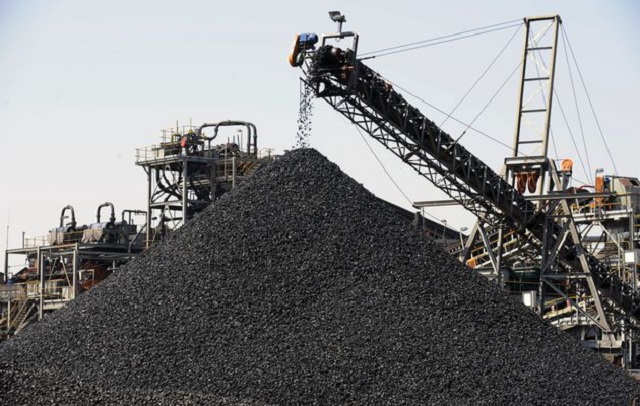Small scale miners spur gold deliveries to 8-month high in July
HARARE – Gold deliveries to Fidelity Gold crossed the 3-tonne mark for the first time since October 2023 on the back of strong gains in the small scale producers’ sub-sector. According to the latest data from Fidelity Gold shows that monthly gold purchases rose 33.48% to 3 495.08kg from 2 618.38kg in June and 30.79% in the comparable year ago period.
Government deployed mobilisation teams across gold mining provinces to inspect each stage of production across the value chain. The teams collect records on all hammer mills and mobile gold processing units as a way of accounting for gold from illegal operators with the hope that the mineral produced will find its way to Fidelity Gold. This is now beginning to pay off as small scale producers delivered 2 343.30, an increase of 44.78% largely driven by the efforts of the gold mobilisation teams and the improved payment terms from Fidelity Gold.
This is again the highest total purchased by Fidelity since October last year. The small scale miners have also started to benefit from the US$5 million fund, which was derived from the IMF special drawing rights.
While no statistics on the uptake have been provided by Fidelity and the Ministry of Mines, the fund should assist in the provision of working capital, support in the purchase and deployment of mining machinery in an environmentally sustainable manner and support with corporate governance structures and responsible mining including traceability mechanisms.
Large scale producers remained within the two-year monthly average but July saw an increase of 15.19% to 1 151.77kg from 999.87kg in June. It was a 9.9% increase from the same period last year.
Cumulative purchases for the seven month period stand at 17 279.37kg against an annual target of 40 000kg for 2024. This means that Fidelity would need to purchase an average of 4 500kg per month from August to meet the target. Small scale deliveries total 9 760.27kg and large scale at 7 519.09kg.
Meanwhile, according to statistics from the Reserve Bank of Zimbabwe governor John Mushayavanhu, PGMs gold (secondary producers), which usually averages 2 000kg per annum, stood at 1 029kg at half year to June, an increase from 860kg reported in the same year ago period. Last year’s annual total was at 1 771kg.
Gold Prices Dec 23 – Jul 24
For July gold prices ended at US$2 398 per ounce, a 3.08% rise from the previous month. In 2024, gold prices have soared to record highs, reaching US$2 409 per ounce. This surge is driven by robust investment demand, despite the Federal Reserve’s rate hiking cycle—a scenario that typically dampens gold’s appeal. Key contributors include substantial purchases by central banks in emerging markets such as China, India, and Turkey.
Gold prices are significantly influenced by global economic conditions, including inflation rates and geopolitical tensions. Despite the Federal Reserve’s more restrictive monetary policy, gold has continued its upward trajectory, suggesting strong underlying demand and investor confidence in gold as a safe haven asset.
Historically, gold has reacted to various global events such as financial crises and shifts in monetary policy. The current trend mirrors past periods where gold strengthened amid global uncertainties, suggesting a recurring pattern of investor behavior during times of economic stress.
Looking ahead, the investment outlook for gold remains positive, with expectations of continued strength in the market. Factors such as potential rate cuts by the Federal Reserve, ongoing geopolitical risks, and sustained inflationary pressures are likely to further enhance gold’s attractiveness. Additionally, technological advancements in mining and shifts in consumer demand in industries like electronics and jewelry will continue to influence gold production and prices.finx











